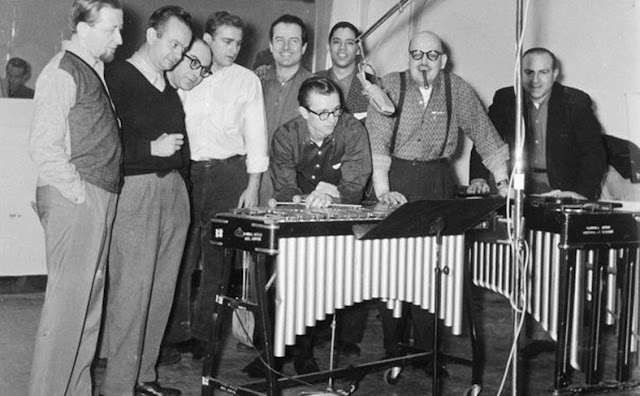Part of my friends and readers, those in the Southern hemisphere, are about to celebrate the Summer, not Winter, Solstice (you dirty rats!), and the end of the year it's just a convention, but be it because days grow shorter on this side of the world, or because most of us will be on a break from work, or for cultural reasons, this is a time for reflection or celebration. So do reflect, and whatever you celebrate, have a great one.
I wasn't really planning on recommending any music for this time of the year. Best-of-the-year lists abound, and there's all the Christmas-y stuff. It'd feel like choosing more candy on top of all the candy we're all being shoved down our throats.
But then I came across the video about Bob Brookmeyer (see previous entry), and I suddenly heard Jack Teagarden. With strings. In a record I didn't have a clue about. It has Teagarden's voice and trombone, arrangements by Claus Ogerman, Brookmeyer, and Russ Case, and, surprisingly, the tunes are by Willard Robison, whose name is probably less known than some of his tunes, like "Old Folks" or "Cottage for Sale".
 The record is Think Well of Me (Verve V6 8465 in stereo, V-8465 in mono) recorded and released in 1962. It was reissued as a limited edition on CD (Verve 314 557 101-2, from 1998, there are second-hand copies around), and it's also on Spotify. There are several uploads on YouTube, and I have compiled this playlist:
The record is Think Well of Me (Verve V6 8465 in stereo, V-8465 in mono) recorded and released in 1962. It was reissued as a limited edition on CD (Verve 314 557 101-2, from 1998, there are second-hand copies around), and it's also on Spotify. There are several uploads on YouTube, and I have compiled this playlist:Have a great one, best wishes for 2014, and "see" you then.












:format(jpeg):mode_rgb():quality(90)/discogs-images/R-372178-1190138459.jpeg.jpg)



















